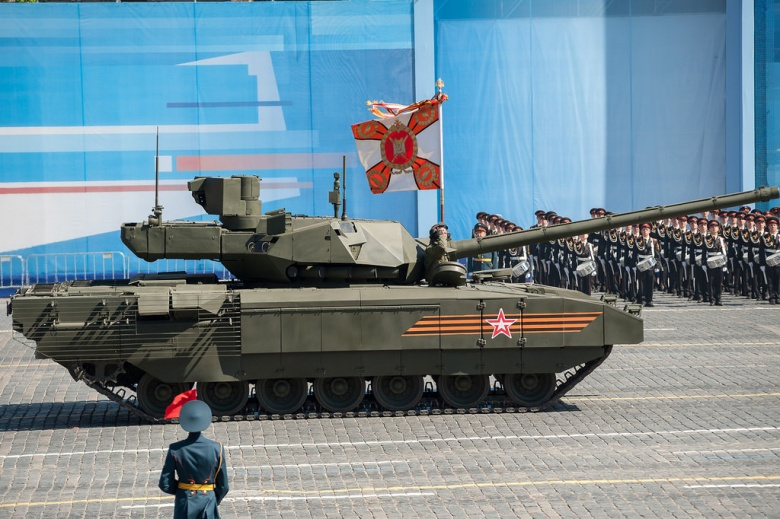
The threat of nuclear war was diminished greatly in the early 1980s after the SALT II treaty between the United States and Soviet Union created an agreed upon reduction of nuclear arms. The emergence of MIRVs, missiles that could release multiple warheads on various targets using one rocket as its base, was considered to be a significant risk to both sides. MIRVs and similar systems were limited and eventually banned by the SALT I and SALT II treaties. However, in 2013, the Russian government announced it was going to replace their late generation SS-18 Satan missiles with a new system. The new system, named Sarmat, will begin testing in October 2015. This new ICBM will likely be the newest and most advanced system to be put into service in a generation.
The re-establishment of Russian and NATO military units across the borders is ramping up while diplomacy in Ukraine continues to be usurped by active battles in Eastern Ukraine. NATO’s commitment to place heavy tank and artillery divisions in countries bordering Russia has given Russia the narrative and catalyst to increase its military presence on its own border. Russia’s 2015 May Day parade showed several new ground systems being introduced into their arsenal based on the T-14 Armata tank hull and chassis. Air defense systems similar to that of the BUK-M1 were also on display, such as the related BUK-M2, TOR-M2E and Pansir-S1. Russia’s public demonstrations of new equipment used to be the way Western powers saw how the Soviet army’s capabilities changed from year to year. It seems like this tradition will continue with the “Armata” parade
Mobile nuclear missile systems like the SS-25 Sickle have been the mainstay of Russian nuclear forces for the last few years. The May Day parade featured the SS-27 system, an updated SS-25, along with the new Armata-based systems. Another recent announcement that Russia will start to upgrade more TU-160 strategic bombers after years of stalled production also confirmed a return to the Cold War status quo that was diminished at the end of the 1980s.
The return to large and complex weapons systems might require a shift in U.S. policy in order to compete with new Russian equipment. If the United States and NATO are unable to balance Russian forces on the border, diplomacy may only come after deterrence neutralizes any future “hot” conflict in Eastern Europe.